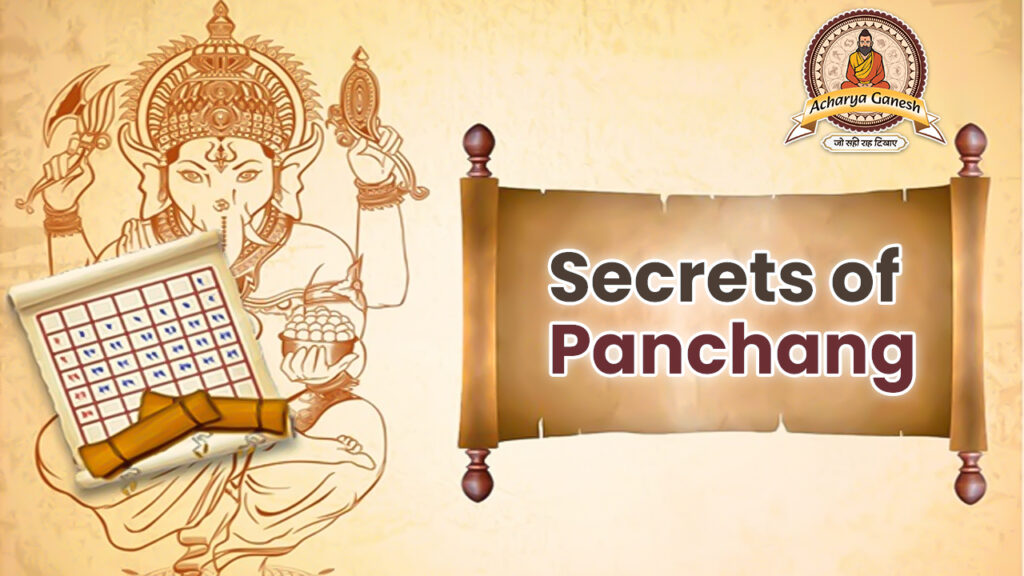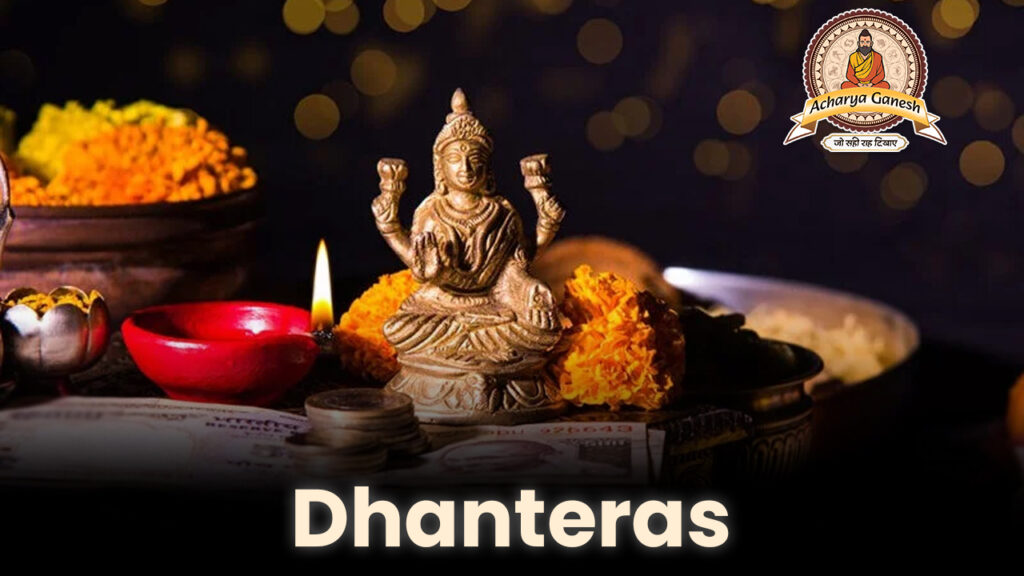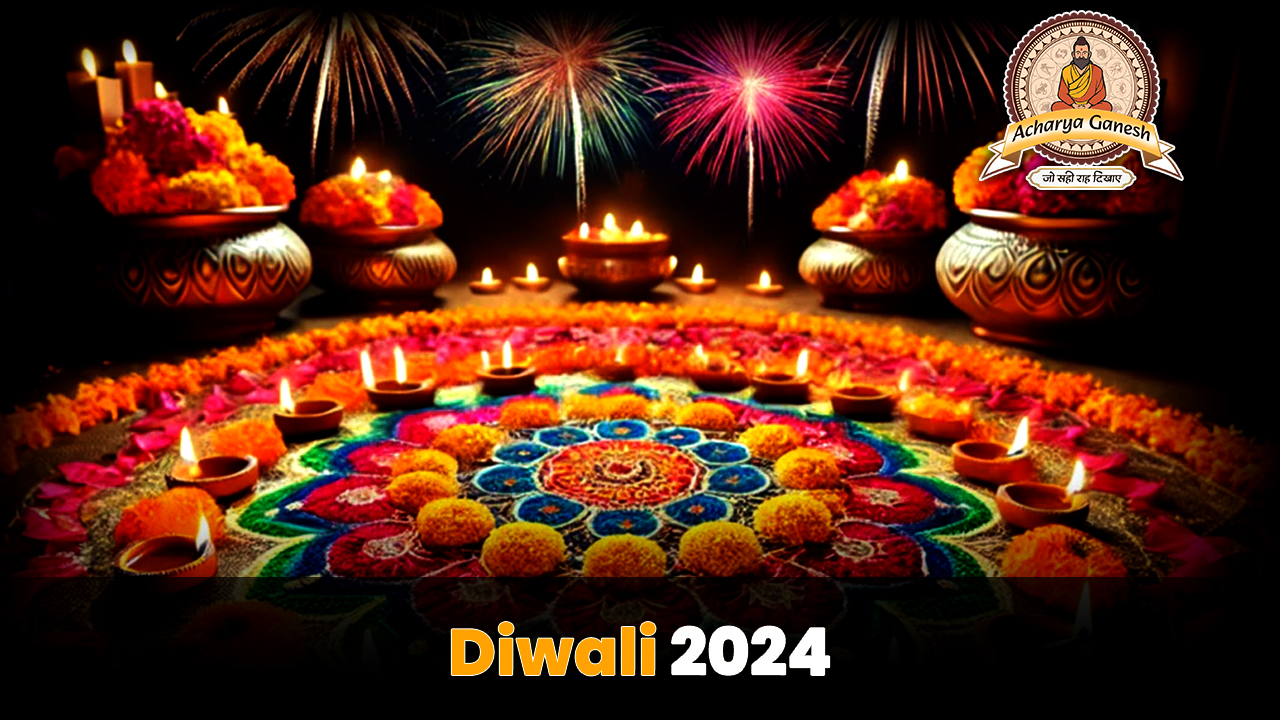Dussehra 2024: A Guide to India’s Most Vibrant Festival

Introduction to Dussehra 2024
Dussehra, also known as Vijayadashami, is one of India’s most anticipated and colorful festivals. As we approach Dussehra 2024, it’s time to delve into the rich traditions, vibrant celebrations, and profound significance of this ancient Hindu festival. This blog post will guide you through everything you need to know about Dussehra 2024, from its mythological roots to its modern-day celebrations.
The Legend Behind Dussehra
Dussehra finds its roots in the epic Ramayana. The festival commemorates Lord Rama’s victory over the demon king Ravana, symbolizing the triumph of good over evil. According to Hindu mythology, Rama, along with his brother Lakshmana and devotee Hanuman, defeated Ravana after a fierce battle that lasted ten days.
Another legend associated with Dussehra is from the Mahabharata. It’s believed that on this day, the Pandava princes completed their 13-year exile and retrieved their weapons hidden in a Shami tree.
Date and Significance of Dussehra 2024
In 2024, Dussehra will be celebrated on October 12th. The date of Dussehra changes each year as it’s based on the Hindu lunar calendar. It falls on the tenth day of the bright half (Shukla Paksha) of the month of Ashvin.
Dussehra holds immense significance in Hindu culture:
1. Victory of Good: It symbolizes the triumph of righteousness over wickedness.
2. New Beginnings: Many people consider it an auspicious day to start new ventures.
3. Worship of Goddess Durga: In many parts of India, Dussehra marks the end of Navratri, a nine-day festival dedicated to Goddess Durga.
4. Blessing of Tools and Weapons: Traditionally, people would clean and worship their tools and weapons on this day.
Celebrations Across India
Dussehra celebrations vary across different regions of India, each with its unique customs and traditions:
North India
In northern states like Delhi, Uttar Pradesh, and Bihar, grand Ramlila performances are held. These are theatrical enactments of scenes from the Ramayana, culminating in the burning of large effigies of Ravana, Kumbhakarna, and Meghnad.
West India
In Gujarat and Maharashtra, Dussehra coincides with the last day of Navratri. People perform Garba and Dandiya Raas, traditional dance forms, and participate in cultural programs.
South India
In Karnataka, Dussehra is celebrated as Dasara with great pomp and show. The Mysore Dasara is particularly famous, featuring a grand procession led by caparisoned elephants.
East India
In West Bengal and Odisha, Dussehra marks the end of Durga Puja. Idols of Goddess Durga are immersed in rivers and water bodies in a ceremony called Visarjan.
Preparing for Dussehra
As Dussehra 2024 approaches, here are some ways you can prepare for the festival:
1. Clean and Decorate: Give your home a thorough cleaning and decorate it with flowers and rangoli.
2. Plan Your Outfit: Shop for traditional attire to wear during the festivities.
3. Prepare Special Foods: Make traditional sweets and savories to share with family and friends.
4. Attend Local Events: Look up Dussehra celebrations in your area and plan to attend.
5. Gift Giving: Prepare gifts for your loved ones, as gift exchange is common during this festival.
Modern-Day Relevance of Dussehra
While rooted in ancient traditions, Dussehra continues to hold relevance in modern times:
1. Cultural Unity: The festival brings people together, fostering a sense of community and cultural pride.
2. Moral Teachings: The story of Rama’s victory over Ravana serves as a reminder of the importance of ethical living.
3. Environmental Awareness: Many communities are now opting for eco-friendly celebrations, using biodegradable materials for effigies and idols.
4. Women Empowerment: The worship of Goddess Durga during this time emphasizes the power and strength of women.
5. Educational Opportunity: For children, Dussehra provides a fun way to learn about Indian mythology and cultural heritage.
Conclusion to Dussehra 2024
Dussehra 2024 promises to be a spectacular celebration of India’s rich cultural heritage. Whether you’re participating in grand Ramlila performances, dancing to the beats of Garba, or simply spending time with family, Dussehra offers something for everyone. As we prepare for this joyous occasion, let’s remember the core message of the festival – the eternal victory of good over evil.
So mark your calendars for October 12, 2024, and get ready to immerse yourself in the vibrant colors, sounds, and spirit of Dussehra. Let’s celebrate the triumph of light over darkness and carry forward the timeless values that this festival represents.
FAQs about Dussehra 2024
Q1: What is the significance of burning Ravana’s effigy on Dussehra?
Ans: Burning Ravana’s effigy symbolizes the destruction of evil and the triumph of good. It’s a reminder to eliminate negative qualities from our lives.
Q2: Why is Dussehra also called Vijayadashami?
Ans: ‘Vijaya’ means victory and ‘Dashami’ means tenth day. The name Vijayadashami refers to the victory of Lord Rama over Ravana on the tenth day of the bright half of the lunar month Ashvin.
Q3: Are there any specific rituals performed on Dussehra?
Ans: Rituals vary by region, but common practices include worshiping weapons or tools, exchanging Apta leaves as gold, and performing aarti of deities.
Q4: How long does the Dussehra festival last?
Ans: While the main celebration is on one day, Dussehra is often part of a longer festive period that includes the nine days of Navratri preceding it.
Q5: Can non-Hindus participate in Dussehra celebrations?
Ans: Absolutely! Dussehra is a cultural festival that welcomes everyone. Many public celebrations are open to all, regardless of religious background.









